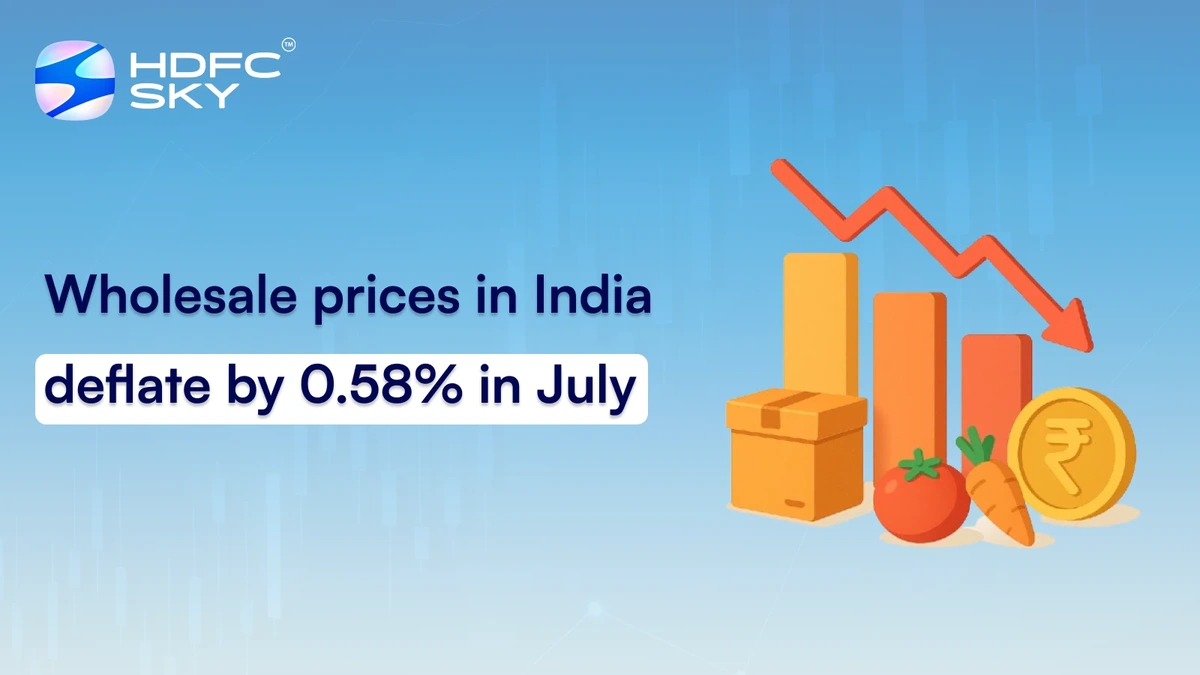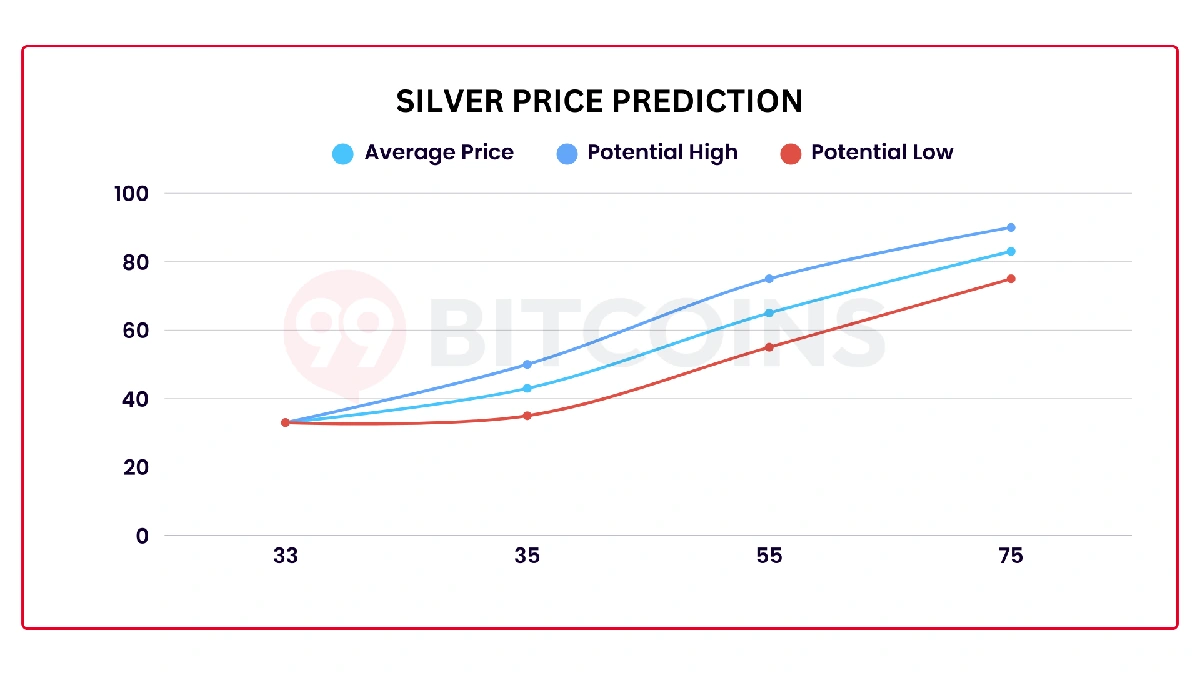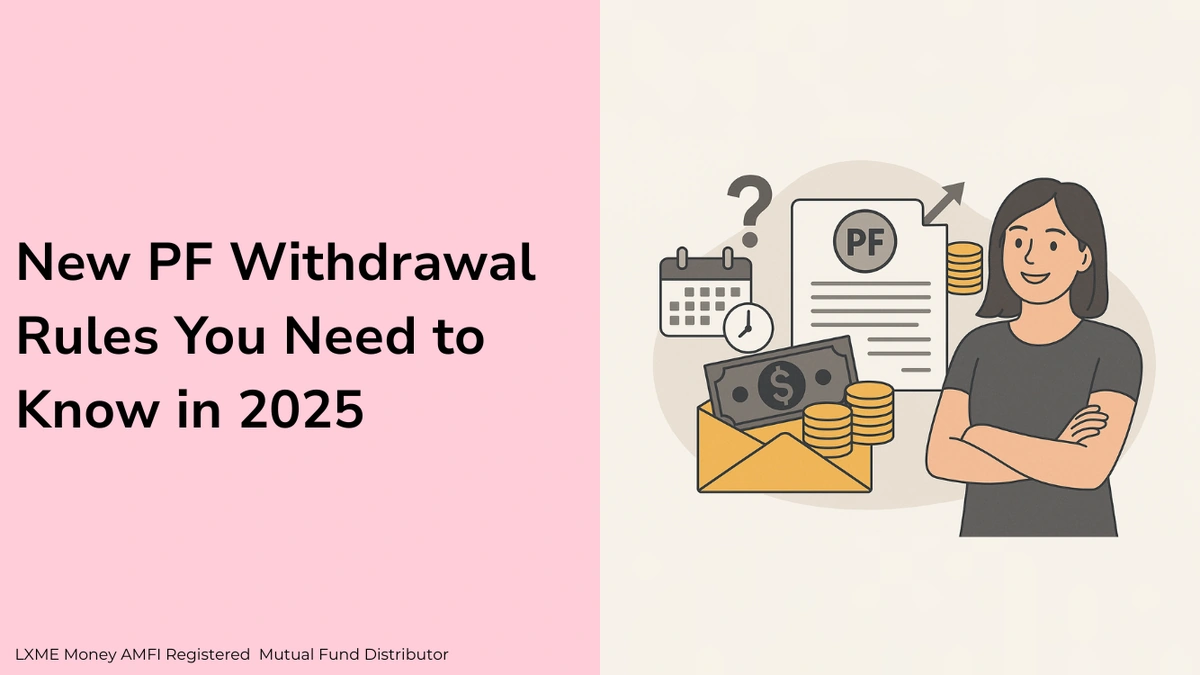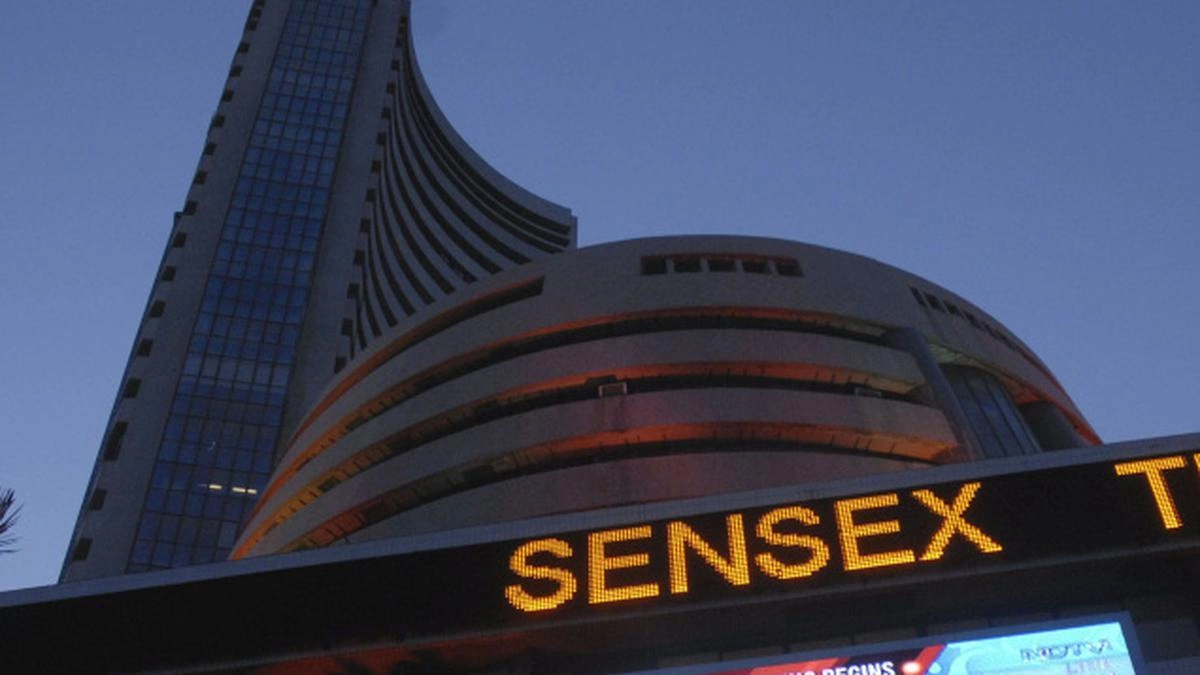India’s Wholesale Price Inflation Drops to 0.13% in September
Okay, so the headline screams, “India’s Wholesale Price Inflation Drops to 0.13% in September.” Sounds… technical, right? Like something only economists care about? Here’s the thing: it actually matters to you. Like, in your wallet, on your dinner table, and everywhere in between. Let’s unpack this, because the implications are bigger than a single decimal place.
What fascinates me is not that it dropped, but why it dropped and what it signals about the direction of the Indian economy. Forget the jargon for a minute. We’re talking about how much it costs businesses to buy the stuff they need to make the stuff you buy. And when those costs change, well, everything changes.
The Ripple Effect | Why a Tiny Number Matters
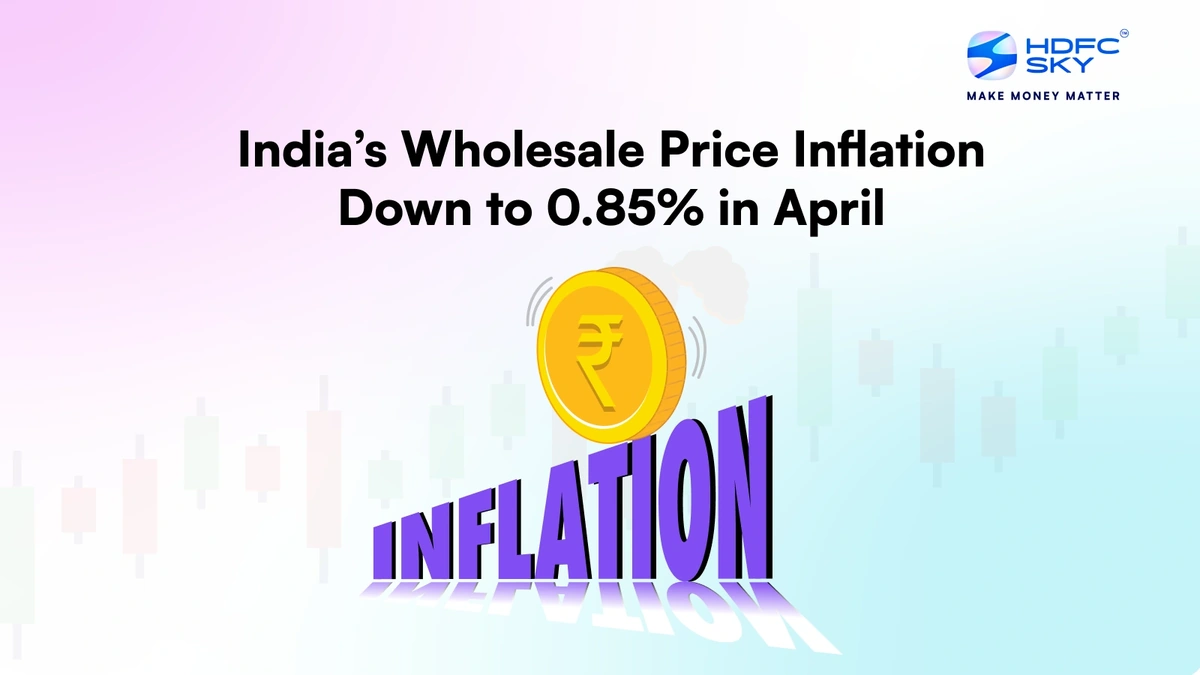
So, 0.13%. That’s the latest reading on the Wholesale Price Index (WPI) . I initially thought this was straightforward. But then I realized that for most people, it’s just a number floating in the news. It’s important to understand how this wholesale price inflation impacts your life. Here’s the deal: The WPI tracks the changes in prices of goods at the wholesale level – think raw materials, intermediate goods, and finished products before they hit the retail shelves. A drop signals that businesses are paying less for their supplies. But, and this is a big but, that doesn’t automatically mean prices for consumers will plummet overnight. This decline in inflation takes time to trickle down, and several factors can influence how much – and how quickly – it impacts what you pay at the store.
And it’s also worth comparing to retail inflation. According to recent reports, retail inflation in India is still a concern. The difference between wholesale and retail prices is important. It indicates the profit margins being taken by retail businesses and the overall health of the supply chain.
Decoding the Drivers | What Caused the Drop?
Let’s be honest, the Indian economy is complex, like a Bollywood plot twist. Several elements are in play here. Some common factors are global commodity prices, supply chain efficiencies, and government policies. Fluctuations in the prices of fuel, metals, and agricultural products can significantly influence WPI. Improvements in logistics and supply chain management can also bring down costs. Government interventions, such as tax cuts or subsidies, can further impact the overall inflation rate .
As per usual, the Reserve Bank of India (RBI) has its eyes glued to these numbers. According to reports, the RBI closely monitors both WPI and CPI (Consumer Price Index) to make decisions about monetary policy. A sustained moderation in wholesale inflation could give the RBI more room to cut interest rates, which, in turn, can boost economic growth. I personally thought this would lead to lower borrowing costs for businesses and consumers, encouraging investment and spending. But, any sudden changes can lead to increased volatility.
The Good, The Bad, and The Uncertain | What’s Next?
Okay, so lower wholesale inflation could be good news. But there’s always a catch. The Indian economy depends on many things working together. If domestic demand stagnates or global economic conditions worsen, the benefits of lower wholesale prices might not fully translate into lower prices for consumers. What I mean is, it is a complex dynamic.
Here’s a thought that crossed my mind: while a drop in wholesale prices can ease pressure on businesses, it can also squeeze their profit margins if they are unable to pass on the benefits to consumers due to weak demand. This could lead to reduced investment and slower economic growth. It’s a balancing act, really.
Navigating the Future | An Action Plan for You
So, what can you do with this information? Well, first, don’t panic! This isn’t about day-trading stocks or becoming an economic guru overnight. It’s about being informed and making smart decisions. Keep an eye on price trends for the things you buy regularly. If you notice prices dropping, that’s a win! But also, be aware of potential risks. Interest rates may change in the future, impacting your loans and investments. The key is to stay informed and adjust your financial plans accordingly.
Remember, economic indicators like India wholesale price inflation are just one piece of the puzzle. To make informed financial decisions, it’s essential to consider a wide range of factors, including your personal circumstances, risk tolerance, and long-term goals. And while we’re at it, you should be doing your own research. Don’t rely solely on news headlines or social media trends.
One more thing, given all the economic uncertainty, it’s worth understanding the Highway Infrastructure IPO Allotment . You should consider taking that into account when making future plans. And you should also know what the Bandhan Tvs partnership means for the future . These things are important for you and your family.
FAQ | Your Burning Questions Answered
What exactly is wholesale price inflation?
It measures the change in prices of goods at the wholesale level, before they reach consumers.
Why should I care about a tiny change like 0.13%?
It can signal broader trends in the economy and potentially impact the prices you pay for goods and services.
Will this automatically mean lower prices at the store?
Not necessarily. Many factors influence consumer prices, including retail margins and demand.
What if I forgot my application number?
You’ll need to contact the relevant authority ASAP to recover it. Don’t delay!
Where can I track these inflation numbers myself?
Check the official website of the National Statistical Office (NSO) and the Reserve Bank of India (RBI). Stay up to date on inflation
So, yeah, India’s wholesale price inflation dropping to 0.13% in September might seem like a dry economic statistic. But peel back the layers, and you’ll find a story about shifting tides, complex dynamics, and potential opportunities – and challenges – for you. Stay curious, stay informed, and remember that even small numbers can have a big impact.
